
The Maverick M.D. - Dr. Nicholas Gonzalez and His Fight for a New Cancer Treatment
When Nick Gonzalez was a medical student, he stood beside his father’s deathbed and vowed that he would find a cure for cancer. Nick imagined his future as a researcher toiling away in a lab in Memorial Sloan Kettering, working on conventional approaches to the disease. Yet Gonzalez’s life was anything but conventional. At the urging of Linus Pauling, he had already left an accomplished journalism career and entered Cornell Medical School.
Gonzalez’s path took another turn when he met the controversial Dr. William Kelley, a dentist who, through an alternative nutritional approach, had arrested his own pancreatic cancer. Kelley had become infamous when he’d tried to help others.
The Maverick M.D. is the story of how Dr. Nick Gonzalez perfected the scientific theory behind Kelley’s work and put the protocol into practice in New York City. Gonzalez drew courage from his Christian faith, from his Mexican-Italian-American family, and from key loved ones, colleagues and mentors. He spent years treating patients with the most serious conditions–from cancer to diabetes to lupus. But he wasn’t satisfied as an outlier in the medical community. He wanted his work put to the test with a clinical trial.
This book portrays a man who fought for the acceptance of a nutritional cancer treatment in the halls of some of the most established U.S. medical institutions. Against intense opposition, Nick Gonzalez’s determination held up until the end–a scientist who developed a therapy that saves lives and promotes the healing of the human mind, body and spirit.
Information on an online discussion of The Maverick M.D. here.

Adeste Fideles in Chinese
Mary Swander’s new book Adeste Fideles in Chinese is the third in a series of handmade books published by Timothy Fay of Route 3 Press in Anamosa, Iowa, depicting the author’s interactions with her Amish neighbors. This new book captures a Christmas story of multicultural exchange.
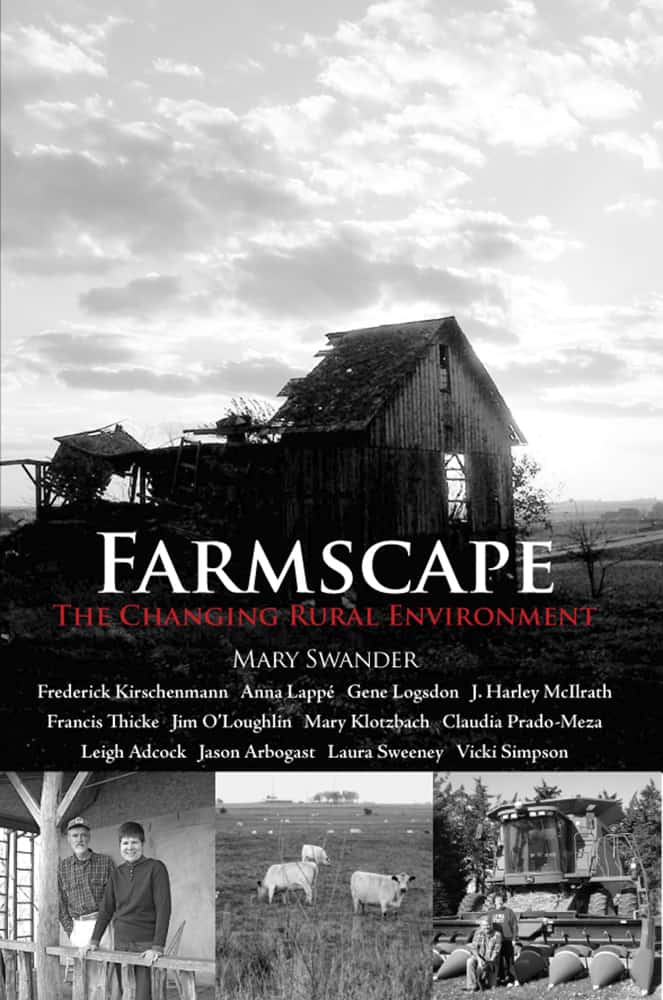
Farmscape
This play documents American farmscape through interviews with real people involved in real changes in how we grow our food and live our lives in the rural United States. You’ll take delight in a sip of Zinfandel at a new winery and savor the taste of organic vegetables on a truck on its way to the local farmer’s market. You’ll make a stop at a bed and breakfast and Hispanic cultural center and gaze out the window at restored wetlands and prairie. You’ll also suit up in protective clothing and a mask before you enter a hog confinement operation and you’ll watch pigs move quickly down a conveyor belt at an IBP slaughtering plant. You’ll experience the David and Goliath story of an organic farmer up against the economic forces of the 3500 acre agri-business operation next door. In the end, you’ll understand that during the pioneer days, farming completely changed the ecosystem of the prairie. A hundred and fifty years later, this landscape is dramatically changing again.Links to articles:
- A Look at the Farmscape (Farm Journal Magazine, January 10, 2009)
- ‘Docu-drama’ Shares Reality of Farming (Iowa State Daily, February 20, 2008)
- Agriculture, arts joined through “Farmscape” play, campus group (Leopold Center for Sustainable Agriculture)
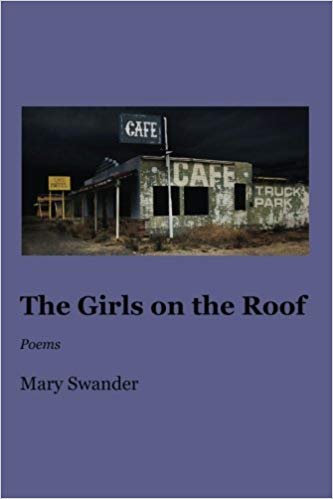
The Girls on the Roof
Mary Swander, a nationally recognized and award-winning author, has published her latest book of poetry called The Girls on the Roof (April, 2009, WordTech Press). The Girls on the Roof is a long narrative poem about a mother and daughter stuck on top of the roof of Crazy Eddy’s Café on the banks of the Mississippi River for three days during the 1993 flood. There, the two women discover that they’ve both had an affair with the same man.
Swander and the internationally renowned Eulenspiegel Puppet Company (http://www.puppetspuppets.com) have created a performance piece from selections of The Girls on the Roof. In this one-hour adult (not for children) production, Swander reads poems from her new book while puppeteer Monica Leo brings the scenes alive through the use of hand, rod, and shadow puppets. This show, filled with old time music, romance, intrigue, humor, folklore, and the flora and fauna of the Mississippi River basin, will dazzle the ear with its poetic rhythms, and delight the eye its likenesses of an unforgettable cast of characters.

The Desert Pilgrim
Injured in a car accident, Swander made a pilgrimage to New Mexico where she sought the aid of traditional Hispanic and Native American healers in her recovery. In Albuquerque, she encountered Father Sergei, a Russian Orthodox monk whose barrio church is hidden away on the once-proud Route 66, now the terrain of crack dealers and the homeless. In his backyard, Father Sergei grew herbs for the curandera, Lu, in the pharmacy across the street. Lu’s herbal cures are legendary. These two healers led Swander through the “dark night of the soul” to look inside herself and to the Divine for strength and meaning. Lu took Swander on a trip into the New Mexico landscape to harvest herbs and return with a more profound sense of desert spirituality.
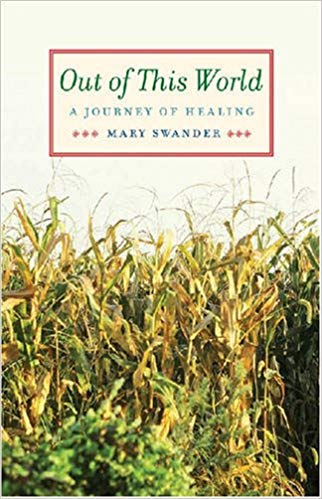
Out of This World
When a severe allergic illness dictated that she grow all her own food, Mary Swander found herself living in a former one-room Iowa schoolhouse in the midst of the largest Amish community west of the Mississippi. Out of This World is a simple but profound memoir, shaped by the course of a farmer’s year, in which Swander celebrates her time among the Amish people, explores what it means to be a lone women homesteader at the end of the twentieth century, and ponders the quiet spirituality born of a life on the land.
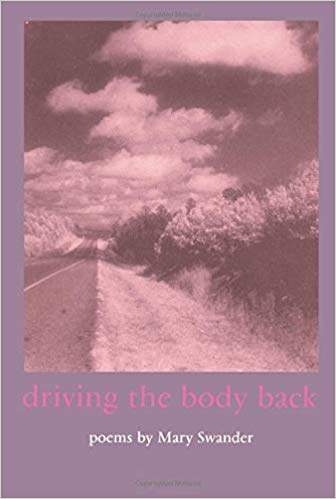
Driving The Body Back
“In Driving the Body Back, the extravagant personalities of Mary Swander’s ancestors seem to push and extend the boundaries of her poetic form. Every line of Swander’s new volume is as carefully crafted as those in Succession , but its larger design is more spacious and flexible, making room for enormous humor, a compelling narrative progression, a rich sample of Midwestern idiom, emotion that is powerful and enduring, elaborate and brilliant studies of nine eccentric relatives, genuine comfort, and some of the best stories any American poet has supplied us with in a long time.” – Joyce Dyer, in Poet & Critic “A marvelous collection of folk humor, wild ways and down-home storytelling. Driving the Body Back is a sometimes harsh but always deeply compassionate narrative, and so well constructed that the reader occasionally forgets, as one does with Arabian Nights , who is doing the telling and why. And one doesn’t care. It is enough to let Miss Swander’s characters enthrall and teach the stories of their lives.” – Louise Erdrich, The New York Times Book Review “From the hard task of wresting sustenance from the soil to the hard fact of thawing the ground for burial, Swander’s concerns affect us all. If you complain that poets write only for themselves and other poets, this may well be the book for you.” – Los Angeles Times Book Review “This poem-in-voices, this narrative-eulogy, this American Gothic celebration is that original and rare thing: a sustained work of art wholly at one with what it makes. Neither simply lyrical nor sequential, it is a single, simultaneous gathering of mourners, relatives, characters, those left behind, those who, in both tragedy and comedy of circumstances, must, against the silence, speak for themselves. Driving the Body Back is powerfully aural, even choral, in ways we expect of an earlier, regional American literature, from Sherwood Anderson to Faulkner to Eudora Welty. There is really nothing to compare it to in our poetry.” – Stanley Plumly

Parsnips in the Snow: Talks with Midwestern Gardeners
Through conversations with twelve vastly different gardeners – among them a Trapist monk, a retired mailman, and an advertising copywriter – this enchanting volume captures the spirit of Midwestern gardeners. Illustrated throughout is the wholesale dedication of midwesterneres to their gardens – despite drought, head, disabilities, and other challenges. Anyone who delights in gardening, the Midwest, or human triumph will enjoy this book.
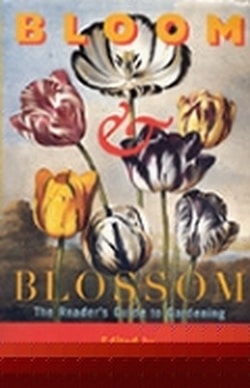
Bloom & Blossom: The Reader's Guide to Gardening
Poet, scholar, and gardener Mary Swander juxtaposes excerpts from early American settlers with nineteenth century classics and the work of prominent twentieth century writers to offer new perspectives on the seductive pleasure of coaxing flowers, fruits, and vegetables from the earth. Bloom & Blossom showcases a diverse group of exceptional writers – a list that includes Jane Smiley, Henry David Thoreau, Garrison Keillor, Wendell Berry, Gary Nabhan, Maxine Kumin, Stanley Crawford, and Julia Alvarez, among others.
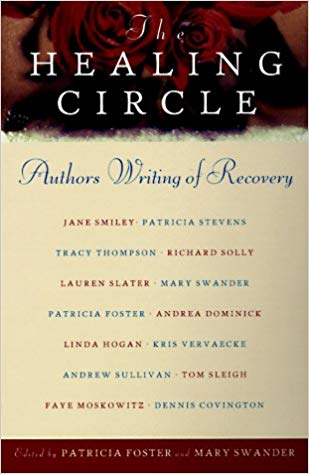
The Healing Circle: Authors Writing of Recovery
A collection of insightful essays by some of the most exceptional voices in literature, The Healing Circle explores profound questions about the experience of recovery from physical and emotional illness. The writers represented here examine their illnesses in the context of their lives, sharing, personal stories about how illness affects marriage, family relationships, lifestyle, and the creative process. They illustrate how recovery can become – through the sheer power of imagination – nothing less that an act of courage, as they learn to redefine and rediscover themselves even in the face of diseases that alter their bodies and their lives. This is a sensitive and lyrical meditation on life – changing events that will make an important and lasting contribution to the vast literature of illness and recovery.
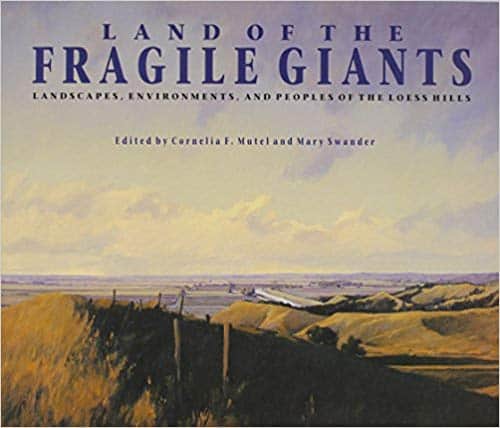
Land of the Fragile Giants: Landscapes, Environments, and Peoples of the Loess Hills
Not since the early nineteenth century, when George Catlin and Karl Bodmer thoroughly sketched the area, have the rough-textured Loess Hills of western Iowa been artistically interpreted with any intensity. Now, inspired by this rugged landscape of steep-sided ridges and bluffs, Land of the Fragile Giants offers a collaborations of contemporary artists, scientists, and humanists all creating their interpretations of today’s Hills. Looking at the natural and the human features of the renowned Hills, personal essays, blend with works of art to create a verbal and visual panorama of the Loess Hills and a multidimensional view of a region that makes a deep impression on each visitor.
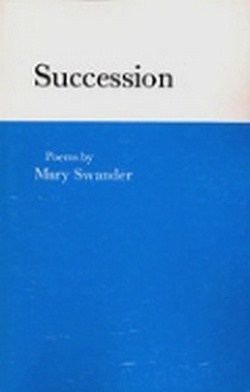
Succession: Poems
The poems in this first book form a splendid and moving unit, a deeply human account of ancestry. The first poem sets the tone, and the rest of the book assumes it and carries the theme out. The poems are sensitive to women, to dying and family ties, full of anguish, love, and grief.“Mary Swander writes a spare yet elegantly modulated verse. Its clarity and its narrative control, which creates surprise and inevitability of disclosure almost at once, give it an authority that is rare in a first book. Her observations are acute, her sense of the poem’s development is unerring. She is never mawkish or hysterical, never ‘poetic,’ yet her poems radicate great feeling.” -Mark Strand
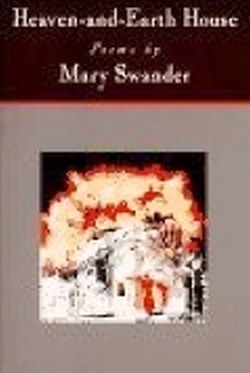
Heaven-And-Earth House
“Mary Swander whose skill at narrative poems shone in her last collection, Driving the Body Back , has put together a more complex volume…The book deals with her insights into her rural home among the Amish community at Kalona where she gardens and raises various animals…Even though this volume has immense appeal to Iowa people, these poems transcend the specific and the time-locked.” – Ann Struthers, Des Moines Sunday Register
